Deep Reinforcement Learning
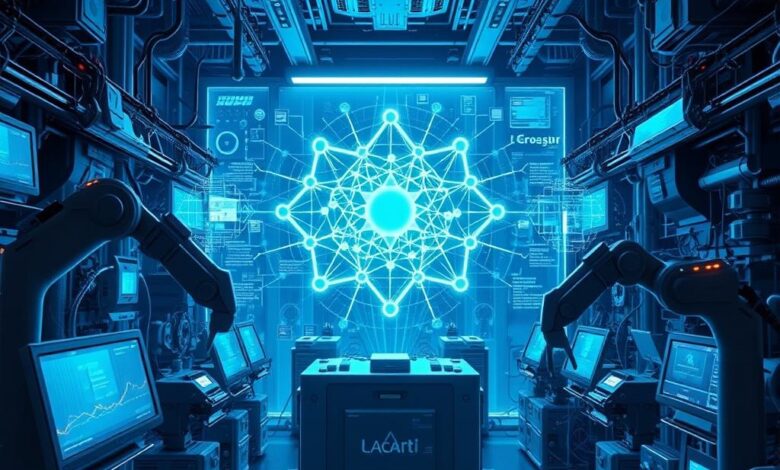
Deep reinforcement learning is a new field that mixes deep learning with reinforcement learning. It lets artificial intelligence learn complex tasks by trying them out. PwC says 45% of the economic gains by 2030 will come from products that make consumers want more. This shows how deep reinforcement learning can boost the economy.
This technology works well in many areas, like robotics, games, and self-driving cars. It shows how flexible and useful it can be.
Deep reinforcement learning is a big step forward in AI. It helps systems make better decisions, even when they don’t know much beforehand. By combining deep reinforcement learning with AI, we can change how we tackle tough tasks. Systems can get better at doing things as they learn from their experiences.
Key Takeaways
- Deep reinforcement learning combines deep learning and reinforcement learning to create systems capable of mastering complex tasks.
- 45% of the total economic gains by 2030 will result from product enhancements that stimulate consumer demand, driven by deep reinforcement learning.
- Deep reinforcement learning has been successfully applied in various sectors, including robotics, gaming, and autonomous vehicles.
- The technology enables artificial intelligence to learn from experience and improve performance over time.
- Deep reinforcement learning has the potential to revolutionize the way we approach complex tasks, driving innovation and economic growth.
- The integration of deep reinforcement learning with artificial intelligence is a key driver of innovation, enhancing decision-making capabilities across various industries.
Understanding the Fundamentals of Deep Reinforcement Learning
Deep reinforcement learning is a key area in machine learning that’s getting a lot of attention. It’s about an agent learning to make choices by interacting with its environment. This helps it reach specific goals. To get the basics, you need to know about the agent, environment, state, action, and reward.
Reinforcement learning algorithms are vital for this process. They help the agent learn from its interactions. Machine learning ideas like stochastic gradient descent and cross-validation are also important. Deep neural networks have made deep reinforcement learning possible. It’s used in gaming, robotics, and natural language processing.
Success in deep reinforcement learning comes from good algorithms and deep neural networks. Platforms like Roboschool, DeepMind Lab, and OpenAI Gym are great for testing and training. They offer tools and environments for deep reinforcement learning models.
- Digital assistants that improve over time through interaction
- Optimal policy development in sectors like insurance and healthcare through trial and error
- Training online agents for stock trading
Knowing the basics of deep reinforcement learning and algorithms helps developers. They can make machine learning models that learn and adapt in complex settings.
The Evolution of AI Through Reinforcement Learning
Reinforcement learning has seen big changes lately. Neural networks have been key in this evolution. They help learn important functions, like the Q-function or value function.
DeepMind’s deep Q-networks (DQN) in 2013 is a great example. DQN used 4 frames of RGB pixels to play 49 Atari games. It beat other methods and matched human pros.
Reinforcement learning has also made big strides in robotics and autonomous driving. For example, deep q-learning helped robots do chores and solve Rubik’s cubes. This shows its power beyond games.
The field of reinforcement learning keeps getting better. Researchers are working on multi-agent learning and using neural networks in tough environments. As it grows, we’ll see more cool uses of reinforcement learning and deep q-learning.
Essential Architecture of Deep Reinforcement Learning Systems
Deep reinforcement learning systems have key parts that work well. These include neural networks, state and action spaces, and reward systems. These parts help the agent learn and make smart choices. Policy gradient methods are key as they help the agent improve its policy based on rewards.
State-action pairs are crucial in reinforcement learning. They show what actions an agent can take in different states. By learning from these pairs, the agent can create a policy that gets the most rewards.
Some important parts of deep reinforcement learning systems are:
- Neural network structures: These help approximate the value function or policy.
- State and action spaces: These show the possible states and actions an agent can take.
- Reward mechanisms and functions: These give feedback to the agent, helping it learn.
Understanding deep reinforcement learning systems’ architecture helps us see their complexity and power. Policy gradient methods and state-action pairs are key. They work together to let agents learn and decide in complex settings.
| Component | Description |
|---|---|
| Neural Network Structures | Approximate the value function or policy |
| State and Action Spaces | Define the possible states and actions |
| Reward Mechanisms and Functions | Provide feedback to the agent |
Breakthrough Algorithms in Modern AI Training
Deep reinforcement learning has led to top results in many fields. This includes robotics, gaming, and self-driving cars. The reward function is key, guiding the agent’s actions and choices. New algorithms have brought big leaps forward in AI, like smarter reinforcement learning systems.
New tools like Long Short-Term Memory (LSTM) networks and transformer architectures have boosted AI’s performance. Companies like CentML and Untether AI are working on making AI training faster and more efficient. Deep reinforcement learning is set to overcome current AI’s limits, making it even more powerful.
- Robotics: enabling robots to learn complex manipulation tasks with minimal human intervention
- Gaming: solving complex strategic challenges, as demonstrated by DeepMind’s AlphaGo
- Autonomous vehicles: navigating complex traffic scenarios and making real-time decisions
Thanks to advanced deep reinforcement learning algorithms and structures, like Deep Q-Network (DQN) and Proximal Policy Optimization (PPO), we’ve seen huge progress. As research keeps advancing, we’ll see even more exciting uses of deep reinforcement learning in the future.
Deep Q-Learning and Policy Gradient Methods
Deep reinforcement learning has changed the game in artificial intelligence. It lets agents learn from their surroundings and make choices to get the most rewards. This has led to amazing results in games like Go and Atari.
Deep Q-learning and policy gradients are key to improving how agents act and learn. For example, TRPO keeps learning stable by controlling how much policies change. Q-learning gets better with each step, thanks to the Bellman equations.
Policy gradient methods, on the other hand, focus on learning about all possible actions. They use probabilities to balance between trying new things and sticking with what works. DQN uses L2 loss, while policy gradients use log likelihood or cross-entropy.
- Q-learning: updated using Bellman equations
- Policy gradients: learn stochastic policies, handling exploration/exploitation trade-offs
- TRPO: limits KL divergence between action distributions
Deep Q-learning and policy gradients are making a big impact on AI and machine learning. As they get better, we’ll see more progress in robotics, inventory management, and games. Understanding these methods can unlock new possibilities in many areas.
Real-World Applications and Success Stories
Reinforcement learning algorithms have made a big impact in fields like robotics, gaming, and natural language processing. The use of neural networks has shown the power of deep reinforcement learning in AI. For example, DeepMind cut Google Data Centers’ energy spending by 40% using this tech.
Wayve.ai trained a car to drive in just one day with a deep learning algorithm. Google AI’s QT-Opt method got a 96% success rate in picking up objects in 700 trials. Reinforcement learning also helps in tasks like planning paths for self-driving cars.
Some key uses of reinforcement learning are:
- Automating financial trading, where IBM’s platform computes reward functions based on profit or loss from transactions
- Improving long-term outcomes in healthcare by considering the delayed effects of treatments
- Optimizing large-scale production systems, including personalized suggestions and video streaming quality
- Enhancing efficiency in assembly line production with reinforcement learning robots
These examples show how reinforcement learning and neural networks can lead to innovation and improvement in many fields. As this field grows, we’ll see even more exciting uses and success stories.
Overcoming Common Challenges in Deep Reinforcement Learning
Deep reinforcement learning has shown great promise in various fields. However, it also comes with its own set of challenges. One major concern is training stability issues. These can be addressed using deep q-learning and policy gradient methods.
These methods have been shown to improve the stability of the training process. This allows for more efficient and effective learning.
Another challenge is computational resource management. This can be a significant bottleneck in deep reinforcement learning. By using techniques such as parallel processing and distributed computing, researchers can reduce the computational requirements.
This makes deep reinforcement learning more accessible. Additionally, problem space complexity can be a major obstacle. Deep q-learning and policy gradient methods can help to mitigate this issue.
They provide a more efficient and effective way to explore the problem space.
Some of the key strategies for overcoming common challenges in deep reinforcement learning include:
- Using deep q-learning and policy gradient methods to improve training stability and efficiency
- Implementing parallel processing and distributed computing to reduce computational requirements
- Employing techniques such as curriculum learning and transfer learning to improve learning efficiency and effectiveness
By using these strategies and techniques, researchers and practitioners can overcome the common challenges in deep reinforcement learning. With the help of deep q-learning and policy gradient methods, deep reinforcement learning can be applied to a wide range of complex problems.
This leads to breakthroughs and innovations in various fields.
Future Trends and Innovations
The field of deep reinforcement learning is growing fast. Advances in state-action pairs and reward functions are making AI better. These changes will help create more independent systems that can decide and act on their own.
Improvements in state-action pairs are key. They help create detailed models that show how states and actions relate. This leads to smarter decision-making. Also, better reward functions are being made. They help agents know what actions to take to get the best results.
Some exciting uses for these advancements include:
- Autonomous vehicles that can handle complex routes and make quick decisions
- Robots that can learn and adapt to new tasks
- Healthcare where AI can help find the best treatments for patients
As deep reinforcement learning keeps getting better, we’ll see more independent systems. These systems will make choices and act without needing humans. This will make many things more efficient and effective.
The future of deep reinforcement learning is very promising. With better state-action pairs and reward functions, we’ll see big improvements. These advancements will lead to more independent systems and better results in many areas.
| Application | Potential Benefits |
|---|---|
| Autonomous Vehicles | Improved safety, increased efficiency, reduced traffic congestion |
| Robotics | Increased productivity, improved accuracy, enhanced adaptability |
| Healthcare | Optimized treatment plans, improved patient outcomes, reduced costs |
Getting Started with Your First Deep Reinforcement Learning Project
Artificial intelligence is changing the world, and deep reinforcement learning (DRL) is leading the charge. It’s making huge strides in many fields. From beating top players in games to improving trading strategies, DRL’s impact is huge and growing.
Starting your first DRL project? You’ll need the right tools and frameworks. TensorFlow and PyTorch are top choices for AI experts. OpenAI Gym is great for testing and improving your skills. Learning DRL basics will help you tap into its power and contribute to AI’s future.

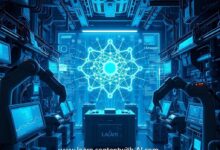
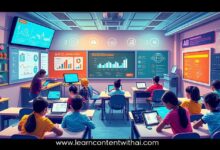
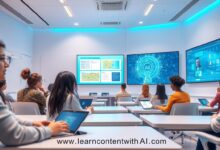
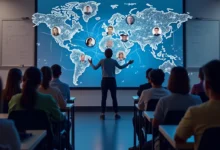
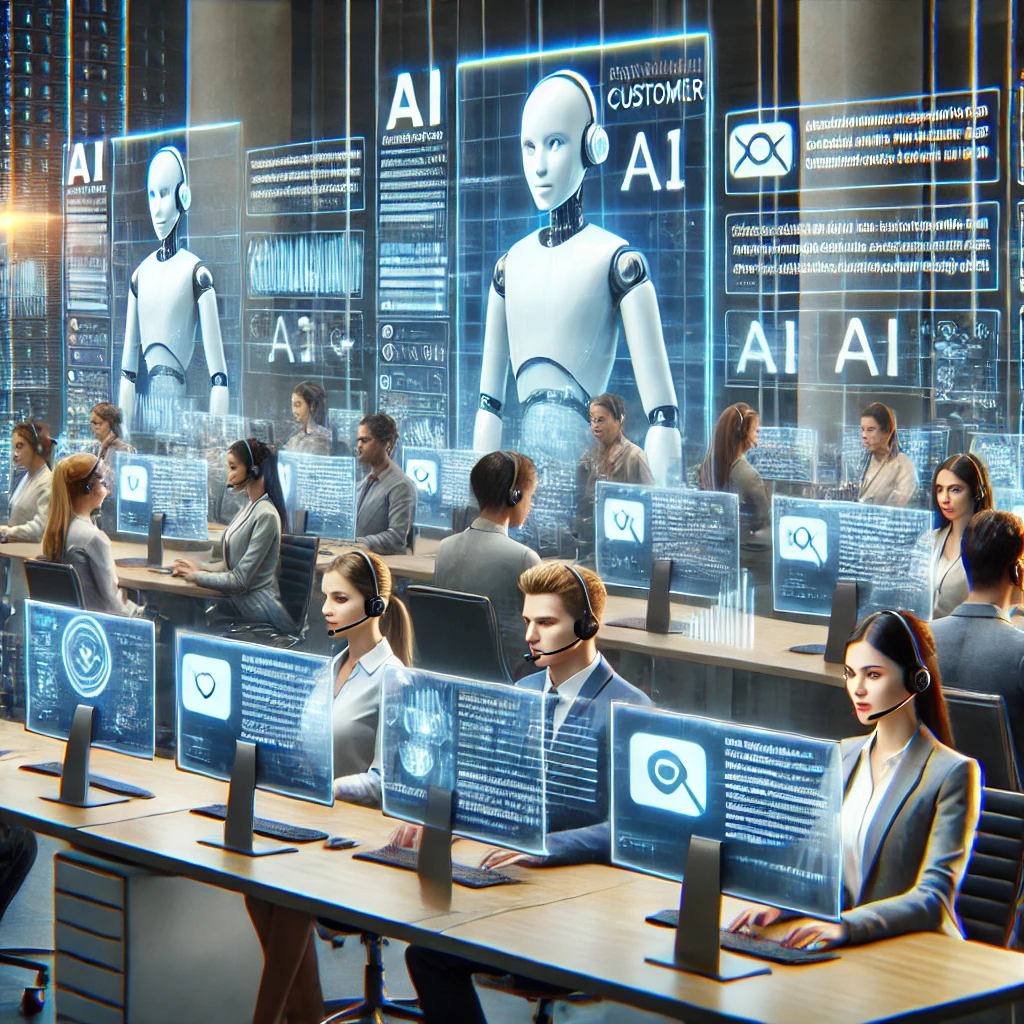

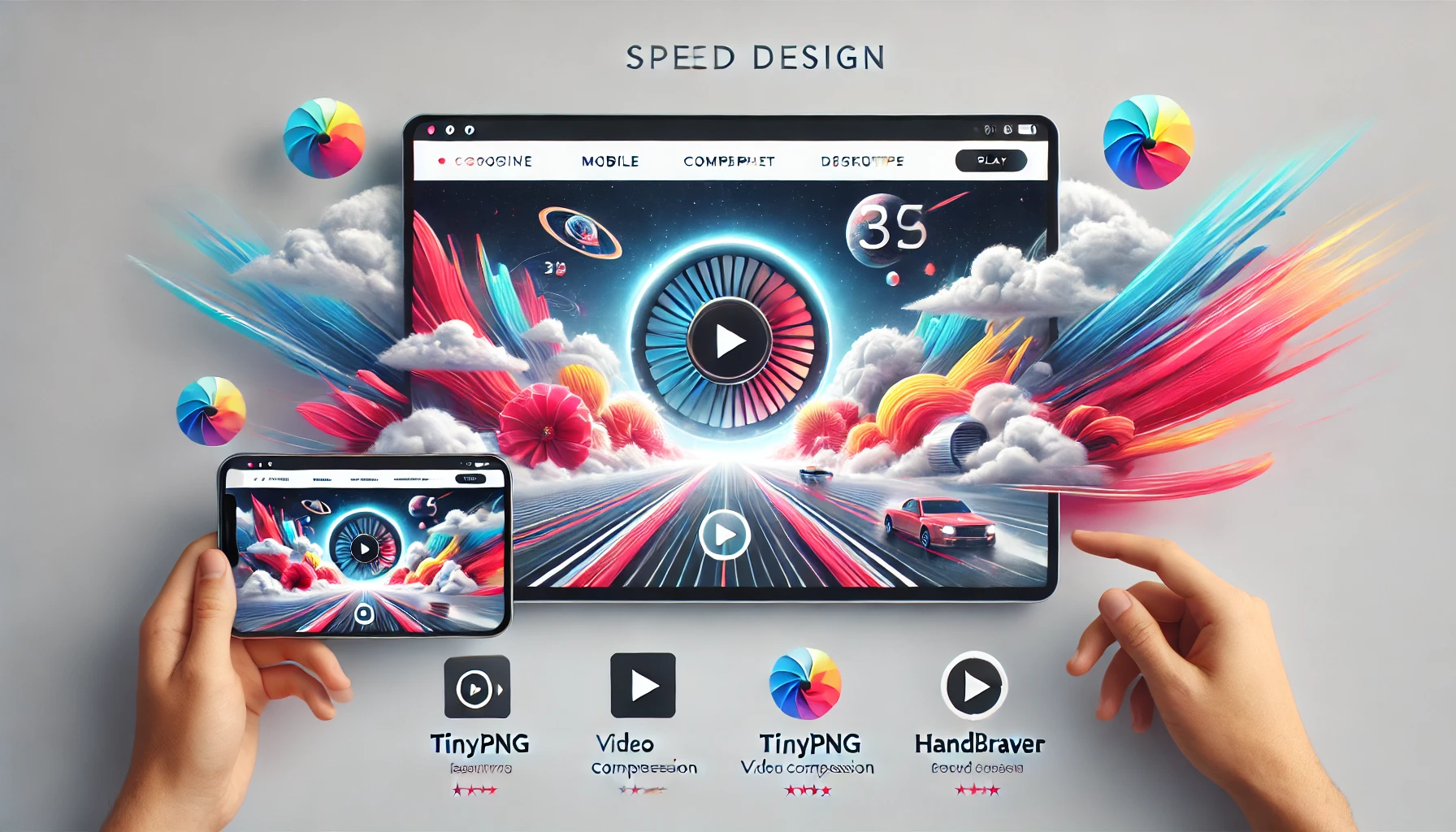
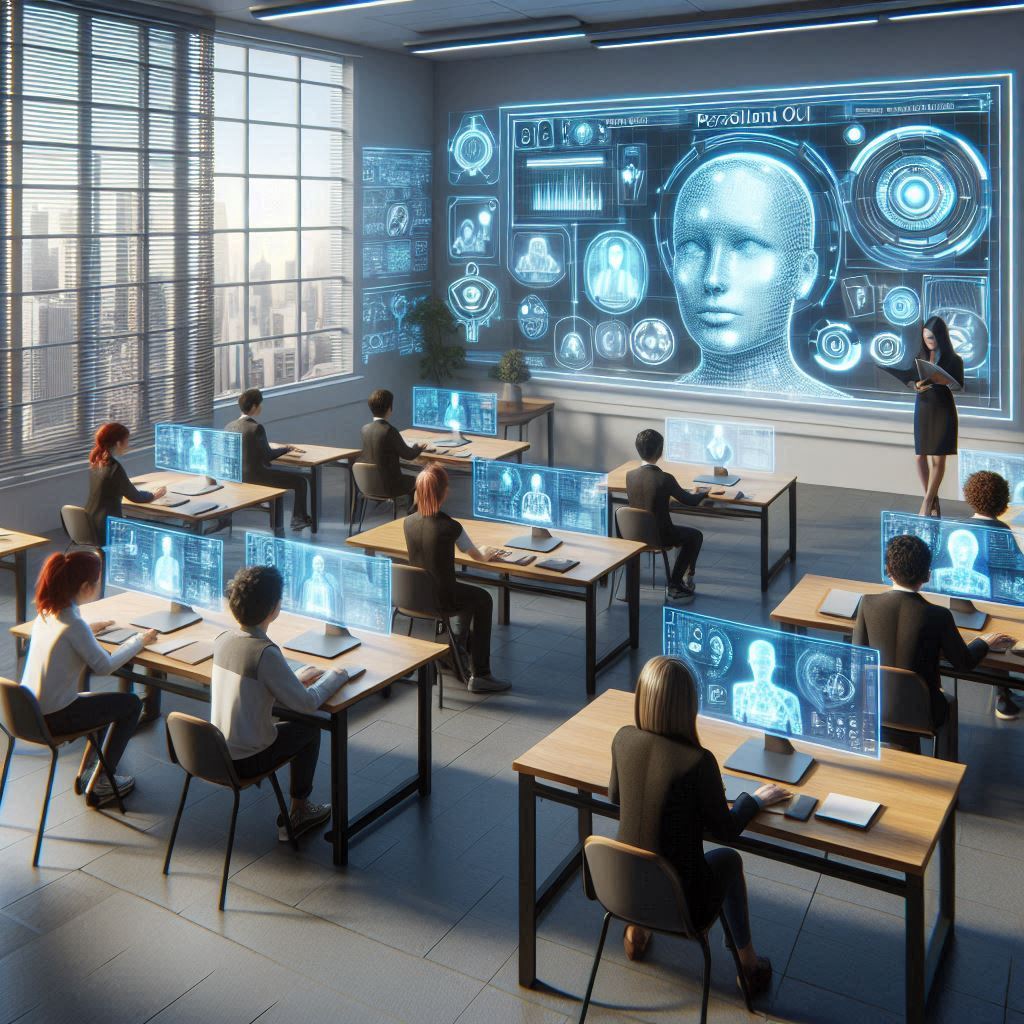
One Comment